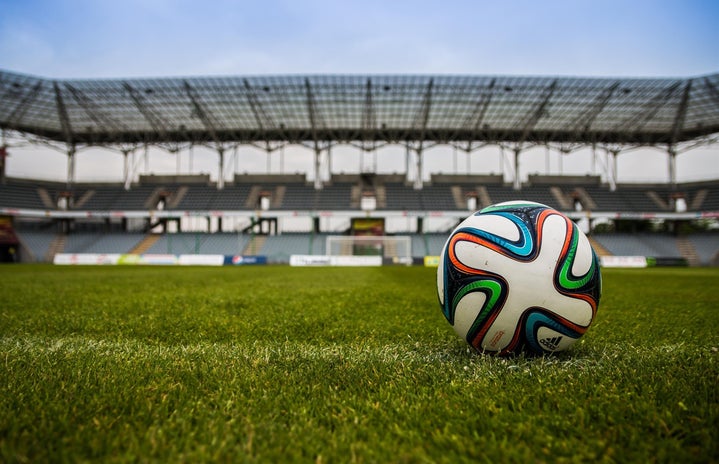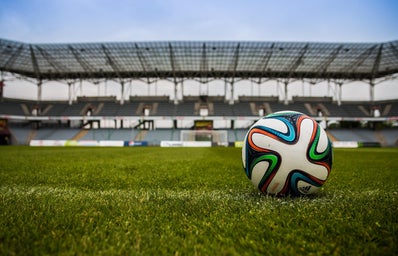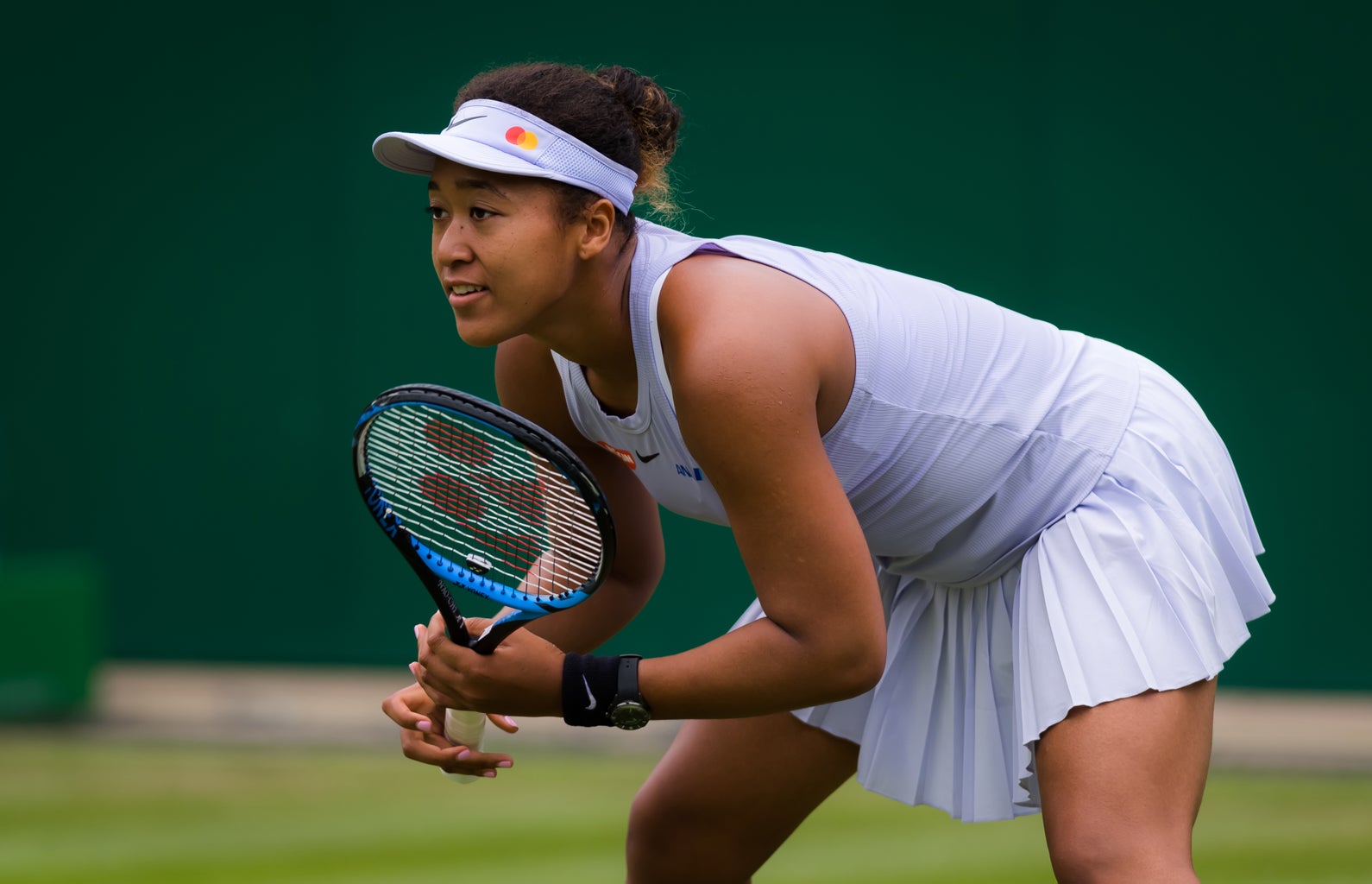In 2022, approximately 57 professional women’s soccer players either ruptured or tore their knees’ anterior cruciate ligaments (ACL). That number continues to grow in 2023 as a new professional player joins the ACL injury list almost monthly. The Director of Performance at the English football club Crystal Palace, Ali Monajati, stated that women’s soccer players are three to six times more likely to endure an ACL knee injury.
Many players, coaches, and fans have discussed a need for more research surrounding women’s sports. To help uncover a solution to the rapidly increasing number of ACL injuries in women’s soccer and to strengthen the world of professional women’s sports in general. Women’s professional leagues in softball, soccer, volleyball, basketball, and more are often controlled by men in leadership roles, and the research used often stems from studies conducted on male athletes. I aim to highlight a few critical reasons for general investment in research for female athletes and professional women’s leagues.
Sports comprise a significant component of the global economy through ticket sales, broadcasts and streaming, sports betting, sports retail, food, and other outlets. According to the United Nations, the global sports industry creates at least $756 billion annually. With the wealth of this industry, research and development efforts present an essential function, as they help determine best practices. Professional women’s sports have blossomed over the last fifty years or so around the world; however, they still have a tremendous amount of development ahead of them in order to reach an equal playing field. Women’s sports can help expound the earnings of such a lucrative industry, especially if smart investments and developments get made. Research of all kinds could expand the economic potential of the sports industry, primarily through improved marketing strategies, bigger stadiums and arenas for more ticket sales, and a more extensive investment in broadcasting women’s sports events.
In the realm of sports science research, teams, performance directors, players, and others rely on valuable research to protect athletes from harm. Women and men have biologically different attributes, so their lifestyles, nutrition, and psychology, amongst other things, remain different. Further investigations into the effect of menstrual cycles on athletes, the high rate of knee injuries in female athletes, potential growth areas in audience engagement for women’s professional leagues, and even innovative planning for youth development programs could provide current and future athletes with advantageous support.



